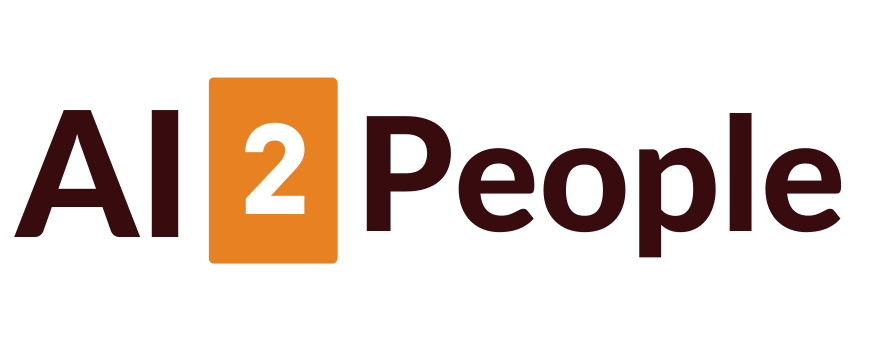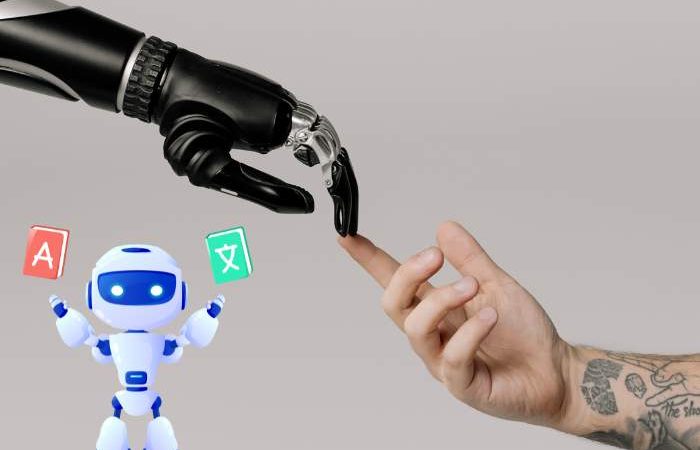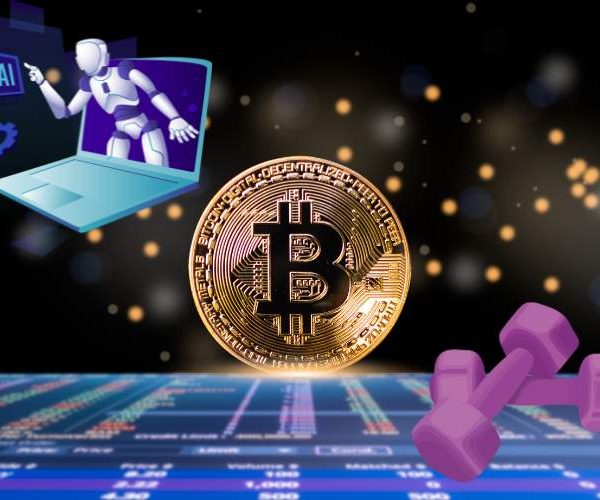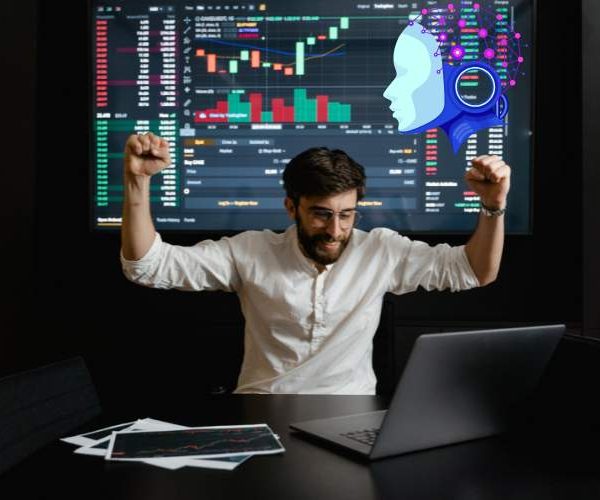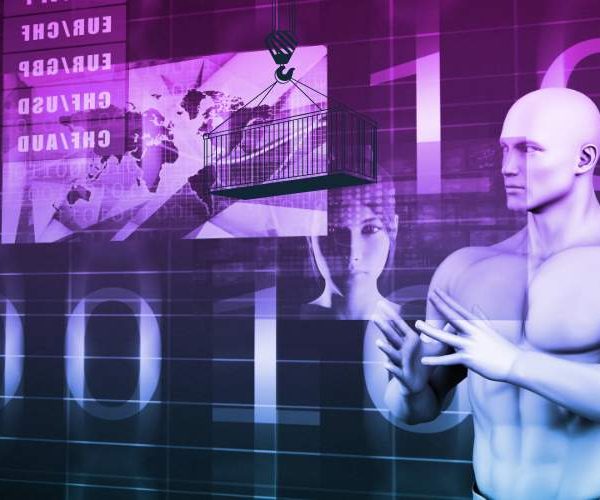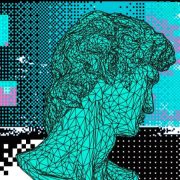
Streamlining Educational Content with AI Video Generators
Streamlining Educational Content with AI Video Generators
Introduction
Education has undergone a massive transformation over the past few decades. From chalkboards to digital whiteboards, technology has continuously shaped how knowledge is imparted. Today, AI video maker tools are at the forefront of this transformation. These tools empower educators to create visually engaging and interactive lessons that cater to diverse learning styles, enhancing both engagement and understanding.
In a world where video content dominates, integrating AI-powered solutions into education feels like the natural next step. Whether you’re a teacher, corporate trainer, or online course creator, these tools are reshaping the way we deliver knowledge.
Table of Contents
What Are AI Video Generators?
At their core, AI video generators are software programs designed to create videos with minimal human intervention. Using natural language processing (NLP) and machine learning, these tools can transform written content into fully realized videos complete with animations, voiceovers, and graphics.
For example, an AI video maker can convert a lecture transcript into an engaging animated video in minutes. Popular tools like Pictory, Synthesia, and Lumen5 have become invaluable for educators seeking to simplify content creation.
These tools operate on a mix of templates, AI-driven customizations, and automation, making them ideal for creating lessons, tutorials, or explainer videos.
Benefits of AI Video Generators in Education
AI video tools bring a wealth of advantages to educational settings:
- Cost-Effective Content Creation: Traditional video production can be costly. AI tools cut down these expenses by automating tasks like editing and adding effects.
- Time Efficiency: Manually creating a 10-minute video could take hours. With AI, the same task is completed in minutes, freeing up time for more critical activities like teaching.
- Enhanced Engagement: Visual and auditory elements in videos help capture students’ attention better than plain text. AI allows educators to include dynamic elements tailored to their audience.
- Scalability: AI tools can adapt content for different age groups, languages, and educational contexts without starting from scratch.
- Accessibility: Features like subtitles, translations, and AI voiceovers ensure that content is accessible to learners with disabilities or those in different regions.
Applications in Different Educational Contexts
The versatility of AI tools makes them suitable for various learning environments:
- Classroom Learning: Teachers can use AI-generated videos to explain complex concepts like physics or history through engaging animations.
- Corporate Training: Businesses increasingly rely on AI tools for corporate training to create onboarding videos, compliance training modules, and skill enhancement programs.
- Online Courses: Platforms like Udemy and Coursera utilize AI tools to produce high-quality lessons, ensuring learners stay engaged.
- Personalized Learning: By analyzing learner data, AI tools create custom-tailored videos addressing individual weaknesses or preferences.
How AI Video Generators Work for Educational Content
The process of creating educational content with AI tools is straightforward and efficient:
- Input Text or Script: Educators provide a lesson plan or transcript.
- Choose a Template: Select a visual style suitable for the subject.
- Customize Visuals and Voiceovers: AI generates animations, charts, and voice narrations based on the content.
- Edit and Finalize: Users can tweak visuals, add music, or adjust the pacing.
- Export and Share: The video is ready to be shared on platforms like YouTube or internal learning management systems (LMS).
These tools simplify workflows, especially for those without prior video editing experience.
Challenges and Limitations
While AI tools are transformative, they are not without challenges:
- Content Quality: AI-generated visuals and voiceovers sometimes lack the nuance or creativity of human-produced content.
- Over-Reliance on Automation: Depending solely on AI may result in generic or repetitive outputs, requiring human oversight for quality control.
- Privacy Concerns: Using student data for personalization raises ethical questions. Institutions must prioritize secure data handling practices.
Addressing these limitations involves balancing automation with human creativity and adhering to robust privacy standards.
Success Stories: Case Studies of AI Video Generators in Education
Institutions and organizations worldwide have successfully integrated AI tools into their educational frameworks:
- A University in Europe used an AI video maker to create bite-sized explainer videos for STEM courses, resulting in a 30% improvement in student comprehension.
- Corporate Training in Asia: A multinational corporation used AI tools for corporate training, cutting training video production costs by 50%.
- E-Learning Platforms: An online tutoring service leveraged AI to produce interactive lessons, achieving higher course completion rates among students.
These success stories highlight the transformative potential of AI in education.
The Future of AI in Educational Content Creation
The future of AI in education looks promising:
- AR and VR Integration: Combining AI with augmented and virtual reality will create immersive learning experiences. Imagine exploring historical sites or performing scientific experiments in a virtual environment.
- Real-Time Adaptation: AI tools will soon analyze student responses during lessons and adapt videos in real-time to address their needs.
- Gamification: AI will make learning more engaging by incorporating game-like elements into videos, motivating students through rewards and challenges.
These advancements will push the boundaries of what educational tools can achieve.
Conclusion: Embracing AI for Smarter Education
AI video generators are more than just a trend—they’re a revolution in how we approach teaching and learning. From reducing production costs to making lessons more engaging, these tools cater to the modern learner’s needs.
Whether you’re creating e-commerce videos with AI tools, personalizing corporate training, or developing classroom materials, the possibilities are endless. By combining human creativity with AI innovation, we can ensure a brighter, more inclusive future for education.
